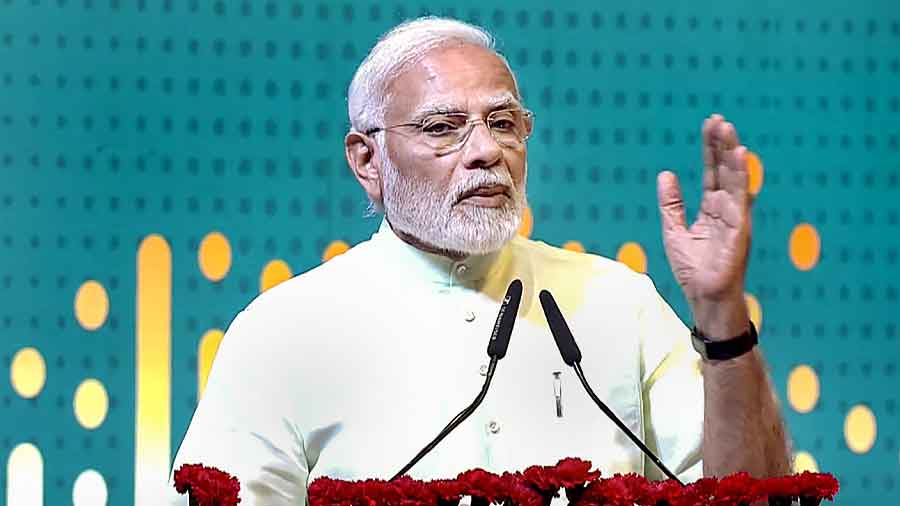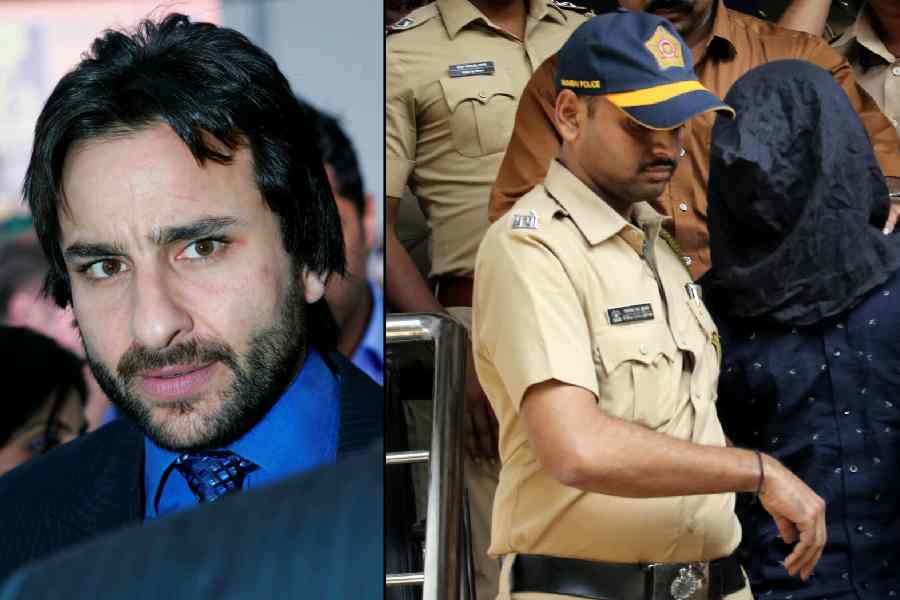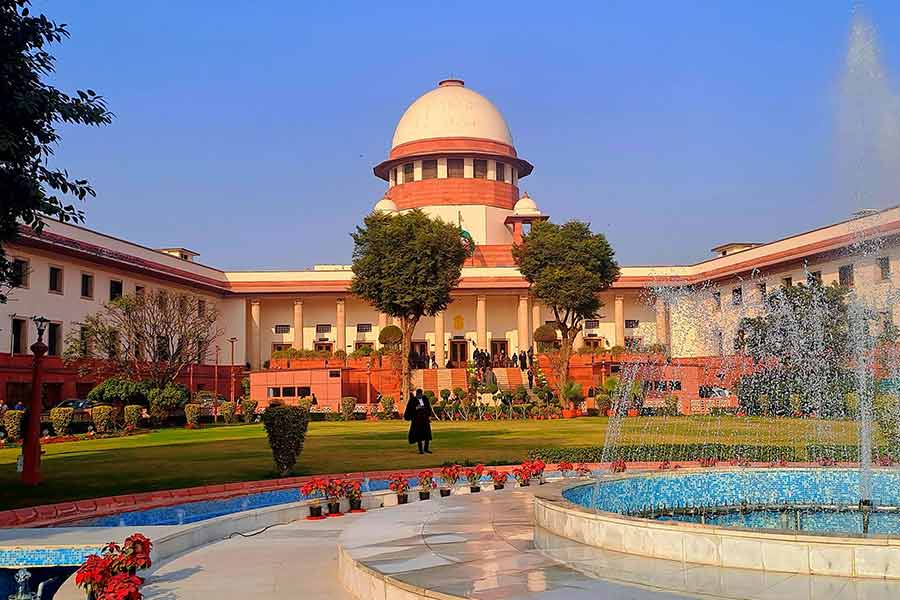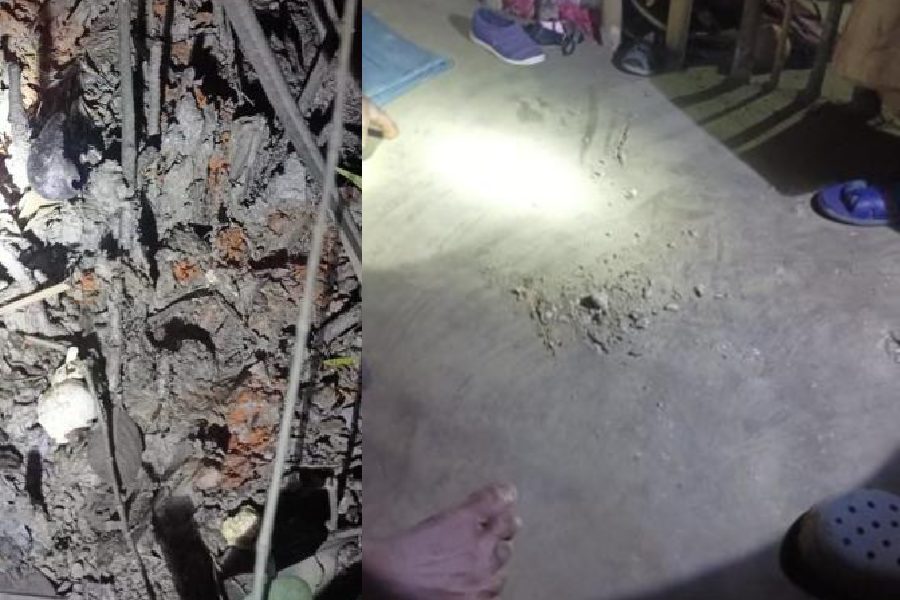Prime Minister Narendra Modi has asked various government departments and ministries to undertake the recruitment of 10 lakh people on a "mission mode" in the next year and a half, his office said on Tuesday.
The direction from Modi came following a review of the status of human resources in all government departments and ministries, the Prime Minister's Office (PMO) said.
The government's decision comes amid the opposition's frequent criticism of it on the issue of unemployment. A large number of vacant posts in different government sectors has often been flagged.
"PM Narendra Modi reviewed the status of Human Resources in all departments and ministries and instructed that recruitment of 10 lakh people be done by the Government in mission mode in next 1.5 years," the PMO said in a tweet.
The overall unemployment rate in India has increased to 7.83 per cent in April 2022 as compared to 7.60 per cent in the previous month, as per a report by the Centre for Monitoring India Economy (CMIE), according to a PTI news report of May this year.
The unemployment rate in urban areas was higher at 9.22 per cent compared to 8.28 per cent in March. In rural areas, the unemployment rate was at 7.18 per cent in April compared to 7.29 per cent in the previous month, the data released in May showed.
Economists are, however, not convinced about the unemployment data released by CMIE, particularly about the statistics of the rural areas. They asserted that it is difficult to get the real picture of unemployment from the methodology used by the CMIE to get the data.
Economist Ajitava Roychowdhury said that CMIE conducts monthly surveys of more than 44,000 households in urban and rural India. "If someone says on the day of the survey that he is doing something, for example, mobile hawking or rag picking, this person is considered as employed,” he said.
But, the professor of economics at Jadavpur University said, the International Labour Organisation (ILO) has said that only those who are doing “decent” jobs should be marked as employed.
According to the ILO, decent work sums up the aspirations of people in their working lives. It involves, among other things, opportunities for work that is productive and delivers a fair income, security in the workplace and social protection for families, and better prospects for personal development and social integration.
“The CMIE does not differentiate between those who are in decent jobs and those who are not. If the ILO criteria of decent jobs are applied, the unemployment rate will be much higher," Roychowdhury said.
"It is difficult to get the true picture from the CMIE data," he added.
A source in the CMIE, however, said that the methodology followed by the agency is very stringent and surveys are conducted daily from early morning to evening. Those who are not sure of getting an occupation during the day are asked whether they had got one the previous day. If the answer is no, they are categorised as unemployed, the source said.
Commenting on the CMIE data, economist Abhirup Sarkar said these fluctuations show that there is still uncertainty in the economy. "These fluctuations are normal in a matured economy. There is also an element of statistical error. So, it is very difficult to come to a conclusion on the real picture of the economy," Sarkar said.
Regarding rural employment, the retired professor of ISI Kolkata said, since India is a poor country, people living in the countryside take up opportunities that come their way. Another economist, who wished not to be quoted, said that the sample used by CMIE for declaring the monthly data is small compared to NSSO and its questionnaire list is not exhaustive.
In April 2022, Haryana registered the highest unemployment rate at 34.5 per cent, followed by Rajasthan at 28.8 per cent. The unemployment rate in West Bengal during April 2022 has increased to 6.2 per cent as compared to 5.6 per cent in March 2022.











